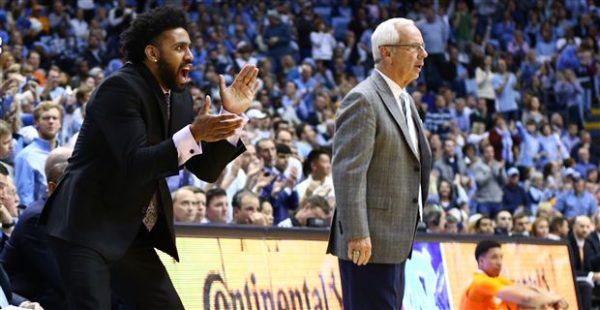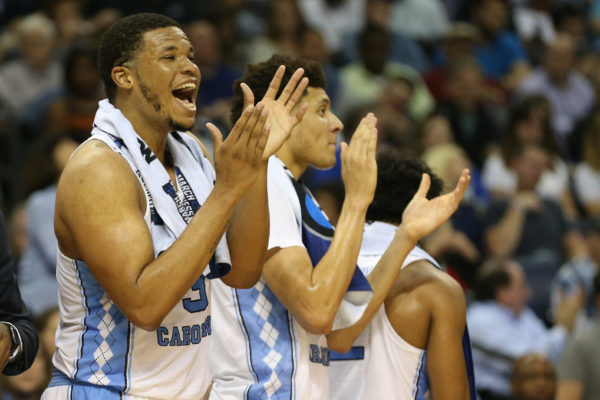The Drive for Five: What Lies Ahead for the Big Ten Bubble Dwellers
Posted by Tommy Lemoine on February 2nd, 2018The Big Ten has put at least five teams in the NCAA Tournament in every season since 2008, four years before the league expanded to 12 schools and seven years before it expanded to 14. In fact, you’d have to go back to the pre-Rutgers era (2013-14) to reach the last time the conference sent fewer than seven teams to the Big Dance. That will almost certainly change this season. According to Bracket Matrix, only three of 68 recently-updated bracket projections have more than four Big Ten schools in the NCAA Tournament. The fact is, outside of Purdue, Michigan State, Ohio State and Michigan, the league’s bubble hopefuls still have considerable work to do before earning serious consideration. With February now upon us, let’s examine which teams still have a shot and what they’ll need to do in order to punch a ticket.

It’s been all smiles for Nebraska lately. But will the Huskers go dancing? (AP Photo/Nati Harnik)
Nebraska (17-8, 8-4) – RPI: 57 | KenPom: 56. Nebraska turned a nine-point second-half deficit at Wisconsin on Monday into a runaway 11-point win, the type of season-saving — perhaps season-defining — win its fans won’t soon forget. The Huskers have no RPI sub-150 losses to their name, but also don’t have much to speak of in the “good win” category. Outside of its home win over Michigan, Nebraska is winless against the RPI top 50. With four of their final six games at home — including contests against fellow NCAA Tournament hopefuls Maryland and Penn State — the Huskers will probably need to hold court and avoid a road loss at Illinois on February 18. Even then, at least one quality Big Ten Tournament win (think Michigan or Ohio State) might be necessary for Tim Miles’ group to feel good heading into Selection Sunday. Considering how well James Palmer Jr. and Isaac Copeland have played in recent weeks, that’s certainly within the realm of possibility.
- RPI Top 50 Wins: vs. Michigan
- RPI Sub 150 Losses: None
- Opportunities Left: vs. Maryland (February 13); vs. Penn State (February 25)


















































